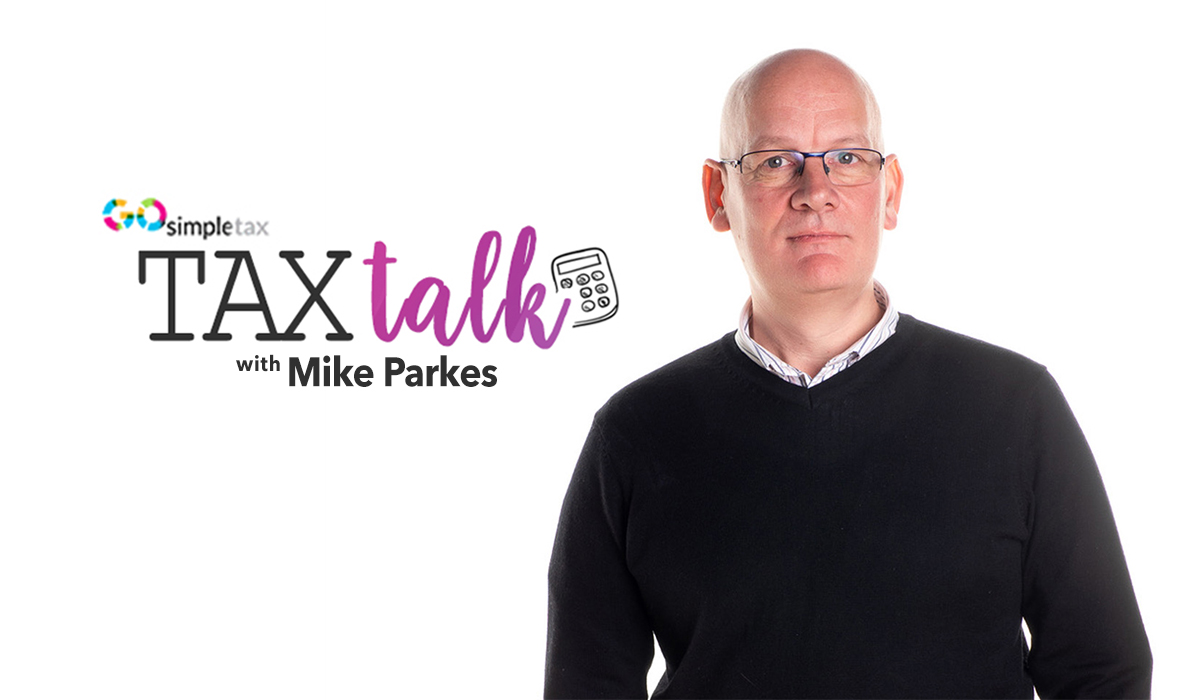Despite an unprecedented extension in January this year, due to the impact of the coronavirus pandemic, the self-assessment tax return deadline is a staple in the calendar of any professional hairdresser.
Whether it’s the online submission deadline on 31 January, or payment on account on 31 July, those hairdressers who need to complete a self-assessment tax return each year will be extremely familiar with key HMRC dates.
Regardless of their importance and frequency, the task of budgeting for the bi-annual payments is always a difficult one to achieve – particularly in the last 18 months when enforced closures and restrictions have placed immeasurable pressure on hairdressers’ profits and revenue. The global pandemic has highlighted why budgeting is so vital all year round, not just in the months of January and July when the tax man comes calling.
So, with trading now in full swing, after April’s reopening, what do professional hairdressers need to do to keep on top of tax liabilities and make sure there’s enough money in the pot to cover the twice yearly tax bills?
Budgeting
The key is to make the self-assessment process as simple as possible – from knowing when the deadlines are to the right amount you need to set aside for your tax bill.
Good financial management is about getting into the habit of staying on top of the pennies and pounds. It’s easy to neglect the paperwork when you’re busy working, but you’ll thank yourself for doing it when the time comes to do next year’s self-assessment.
There are some simple and easy steps you can take throughout the year, not just in the run-up to a significant tax bill, that can help you stay in control and on top of money management, particularly in the current climate. These include:
- Always understanding your current financial position
- Planning for tax deadlines
- Implementing an effective credit control system, to ensure any outstanding debts don’t adversely impact on cash flow
- Monitoring your outgoings to assess where your business can become leaner, while also keeping track of how much is going out of the business at any one time
- Estimating weekly or monthly profits, so you can set aside a regular amount each month for your tax and National Insurance bills
- Thinking about whether HMRC’s ‘Budget Payment Plan’ is right for you
- Budgeting for regular outgoings, such as utility bills, salaries, rent and insurance and, if your income varies, ensuring you have enough to cover your lowest monthly income
- Thinking ahead to peak periods, where revenue and outgoings may increase
- If possible, building up an emergency pot (ideally three months of essential outgoings) to cover you in case of a cash flow problem.
By keeping a close eye on the books all year round, you’ll see where you could save money, understand what areas of the salon are most profitable and be aware of upcoming payments.
Time to pay
If you cannot pay your self-assessment tax bill, you might be able to set up a Time to Pay Arrangement with HMRC. This lets you spread the cost of your tax bill by paying what you owe through affordable monthly payments based on your income and expenditure.
It’s based on an individual’s specific financial circumstances, so there is no ‘standard’ time to pay arrangement. HMRC will establish your ability to pay using an ‘income and expenditure’ assessment. This looks at your income, disposable assets and expenditure to calculate your disposable income. If you owe up to £30,000 you can do this online without having to contact HMRC directly.
Getting your house in order
It’s essential in the final weeks before the deadlines that you get your house in order and have sufficient funds in place to cover all tax liabilities. What’s more, once 31 January passes, HMRC will not hesitate to impose interest charges, penalties and collection procedures for any delayed payments on account, so getting ahead really does pay.
Mike Parkes is Technical Director at GoSimpleTax – the online tax return and self-assessment software.





